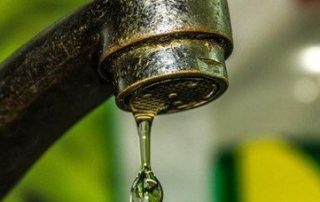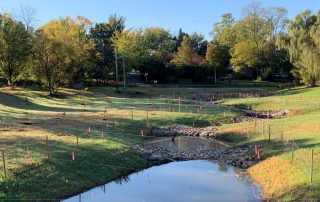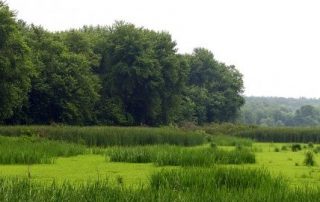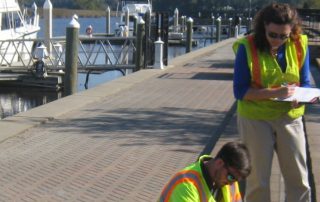Building Tree-Friendly Policies in the City of Charlotte
The City of Charlotte, North Carolina has adopted a “50% in 2050” city-wide tree canopy goal in recognition that trees and other green and open spaces are central elements to connect urban places and create access to the natural environment in Charlotte; and that the urban forest generates resiliency, sustainability, and supports a livable and healthy Charlotte. In 2020, the City’s Department of Planning, Design & Development led a study to better define policies that preserve, restore and enhance tree canopy in the context of the City’s anticipated growth. The City contracted with the Center for Watershed Protection (CWP) and [...]










